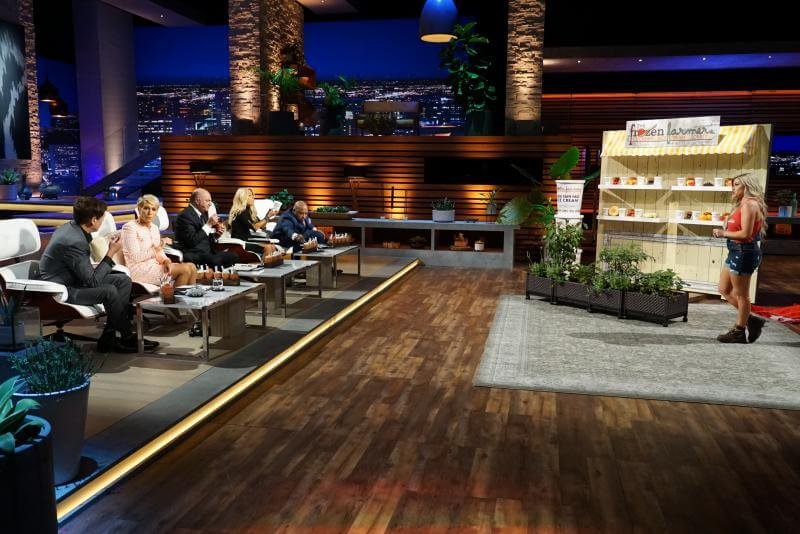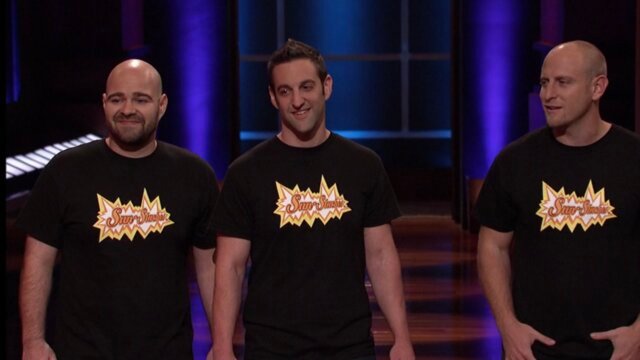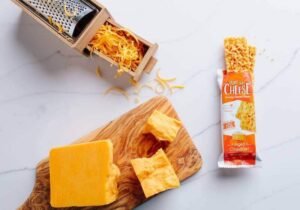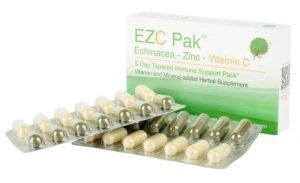Shark Tank’s full of fairy tales—scrappy founders waltz in, land a deal, ride off rich. But sometimes the best hustlers walk out empty-handed, then outrun everyone else. If you’ve ever built anything from scratch, you know no deal is just the next chapter—not the last.
That’s where COLDEST steps in. Their pitch was ice-cold, their numbers were hot, but it’s what happened after the cameras that tells you how real founders grind.
Contents
ToggleWhat Makes COLDEST Stand Out?
Let’s set the record straight—this isn’t just another stainless bottle brand. The COLDEST crew showed up on Shark Tank (Season 15, Episode 15, for you superfans), and from the jump, it was clear: they were here to make noise.
Forget just a water bottle. These guys hyped a product line aimed at anyone who cares about ice staying frozen and style staying sharp. Smoke machines, big claims (ice-cold for 36 hours), and a brand attitude that screamed contender—not copycat.
Meet the Founders: Brothers in Business
David and Joe Ahmad. If you think great companies are born in fancy boardrooms, think again. These guys engineered and built COLDEST out of a Florida garage. The Ahmad brothers didn’t start with much—just a stubborn belief and a lot of late nights.
They’re not just marketers—they’re engineers. They’ve scaled from packing boxes in their PJs to running a 72,000-square-foot operation. Every move screams built, not bought.
The Shark Tank Play
If you want a perfect case study in how to own your energy in the tank, watch their pitch. They entered with smoke machines blasting icy air—straight showmanship. But they didn’t just bring drama.
Their ask: $600,000 for just 2%. That’s a $30 million price tag for their effort. Ballsy? You bet. But they walked the sharks through their climb: $900,000 in sales in 2017, jumping to $15.1 million by 2022, aiming for $22 million in 2023. The numbers turned heads.
Cameras caught the hustle, but also the risk. They posted a $400,000 loss in ‘22—classic all in reinvestment. Inventory? $2.5 million worth. These guys play for growth, not short-term profits.

Net Worth and Valuation: Chasing the Big Time
Let’s get blunt. Founders tend to shoot for the moon on Shark Tank, and COLDEST was no different—throwing out a $30 million valuation like they owned it. Here’s the reality:
Revenue was riding high, but profitability hadn’t caught up. That’s not rare for high-growth consumer brands, but sharks smell blood when overspending outpaces profits.
Still—$15.1 million in sales in 2022 is not pocket change. Even conservative math could justify an eight-figure price, but $30 million? High. It was a flex—classic negotiation anchor.
This was the go big or go home moment. Too high for some sharks, too aggressive for others. You can respect the ambition, but you also see why some eyebrows went up.
Shark Reactions: Who Bit, Who Walked?
Let’s break it down, no drama. The sharks know when you’re selling a vision versus actual profit.
Kevin O’Leary—Mr. Wonderful—made the only real bite: $600K for 7% equity, and he wanted a $2.25 royalty per unit until he made $3 million back. This is a licensing-flavored play, not a bet on ownership. He takes skin off every sale, then cashes out.
The COLDEST team? They hated the royalty. Savvy founders know royalties can strangle growth—a relentless drag on cash flow. They countered, tried to rewrite the deal, but couldn’t meet in the middle.
The result? No deal. Some folks will call that a miss. But seasoned founders know—sometimes no deal is the win. Walk out with your company, your control, and your upside.
The Product Line: More Than Bottles
A common rookie mistake? Betting everything on one product. Wealth is built with line extensions, new verticals, and what’s next? COLDEST nailed this.
They started with bottles built to keep water frigid for over a day. But then came the full lineup—tumblers, jugs, ice packs, bedding (yep, cold pillows and sheets), pet gear, flavor packs, and streetwear. It’s the playbook of every brand looking to be the next YETI—capture a lifestyle, not just a product.
You want to talk about scale? That’s it. Attack new markets, test with drop releases, and build fans who line up for every launch.
How’s Business Now?
Here’s where most Shark Tank stories fall apart—big splash on TV, then crickets. Not COLDEST.
They’re running a 72,000-square-foot facility in Florida, not just selling from their website but shipping on Amazon and through a flagship retail location in Naples’ Coastland Mall. No outside cash. No investors to please except themselves.
Their revenue is still churning in the eight-figure range. They’re adding more products, building a real retail experience, and holding enough inventory to keep Amazon’s warehouses sweating.
Did Shark Tank boost the brand? Of course. Did not landing a deal slow them down? Not for a second.
What’s Next for COLDEST?
The best founders think bigger every year. The Ahmad brothers have their eyes on wild bets: new product lines, monthly drops, and—roll your eyes if you want—plans for an entire amusement park, Coldest World. Yep, you read that right. They’re talking theme-park-level vision by 2030.
Too wild? Maybe. But if you’ve run startups, you know—crazy ambition is half the fun. And their focus on steady retail growth buys them time to place some big, risky bets.
Contrast that with founders who chase the latest fad, and you see why COLDEST stays relevant. The roadmap doesn’t end with bottles; it grows with every weird, bold idea the founders test.

Lessons from the Tank
Here’s the truth no Shark will tell you on air: sometimes walking out with 100% of your company is a better long-term play than splitting equity or bleeding from royalty payments.
The COLDEST founders asked for a sky-high valuation, rolled through a tough negotiation, and walked when the deal wasn’t right. That’s how you play the game—you don’t fold because a Shark says your ask is too big.
The real money in consumer brands comes after the pitch. If you keep your margins healthy, your product line expanding, and your fans engaged, you can outrun anyone—even without Shark money.
As a founder who’s been in those rooms, let me tell you: bankable brands are built after the cameras stop rolling. If you know your worth and keep building, no deal just means it’s your deal now.
FAQs
Is COLDEST still in business after Shark Tank?
You bet. The company’s bigger than ever, pushing new products and growing without any outside investment.
Did COLDEST ever get outside investment?
Nope. The Ahmad brothers have kept control and bootstrapped everything.
Where can you buy COLDEST products today?
Direct from their website, Amazon, or their own retail shop in Naples, FL.
What made the sharks turn down COLDEST’s deal?
Sharks didn’t like the high valuation and aggressive spending. Plus, the founders wouldn’t accept royalty strings.
How much revenue does COLDEST make now?
Recent numbers show sales topping $15 million, with projections hitting $22 million and rising.
Was the $30 million valuation realistic?
Probably not—great branding and revenue, but lean profits and aggressive expansions kept the real value lower.
Are COLDEST’s products worth the premium price?
If you care about performance and design, they’ve got a loyal following—like YETI meets sneakerhead drop culture.
What’s the story with the COLDEST amusement park idea?
Wild ambition—Coldest World could open by 2030, but it’s a big swing. We’ll watch to see if they pull it off.
That’s the real story of COLDEST on Shark Tank—no fairy tales, no fluff. Just real hustle, strategic risk, and a bold founder move.
They left the tank with zero Shark dollars and all their upside. Sometimes, that’s what a true winner looks like. For more stories and insider takes, keep it locked on SharkWorth.










